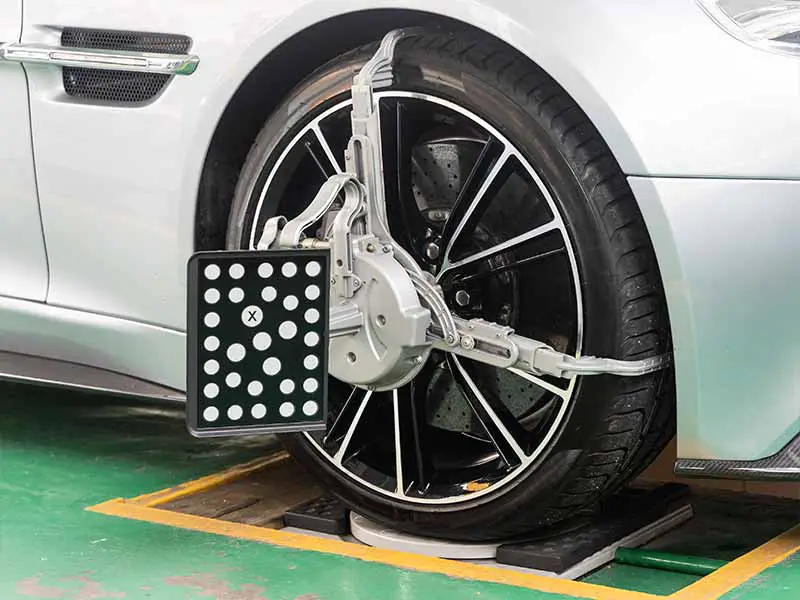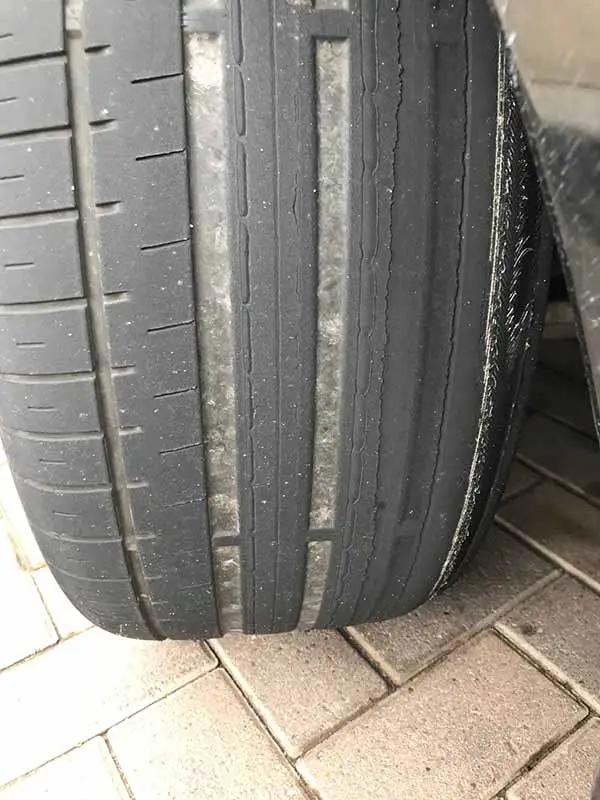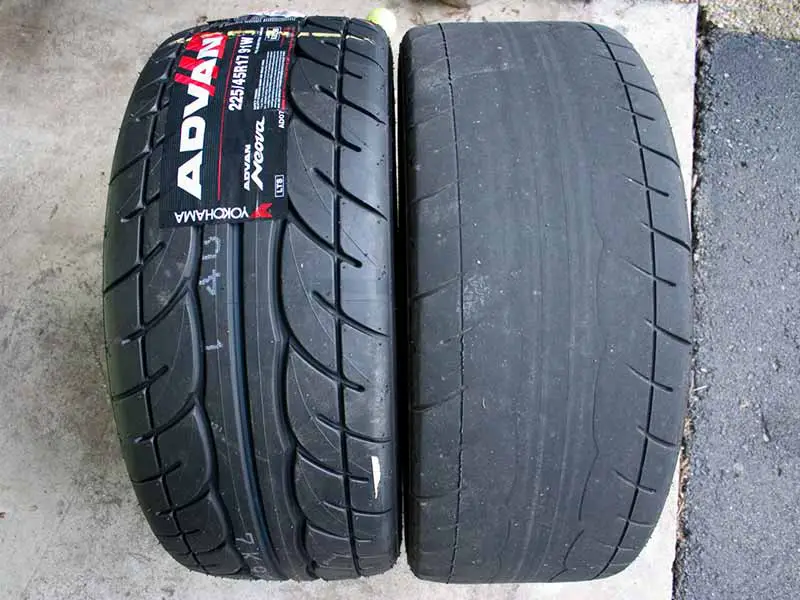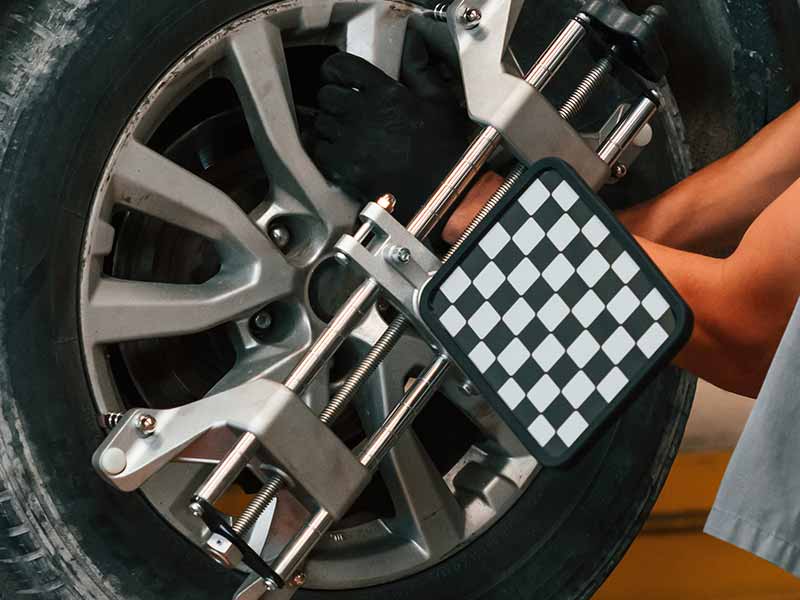Have you ever felt that slight pull to the side while driving or noticed your tires wearing out unevenly? These could be signs that your car is crying out for a wheel alignment.
Are Wheel Alignments Necessary?
Wheel alignments are essential for ensuring proper vehicle handling, preventing uneven tire wear, and maintaining optimal fuel efficiency. Regular alignments, as recommended by your vehicle manufacturer, can significantly enhance your driving experience and safety.
In this article, we delve into the importance of wheel alignments, the consequences of neglecting them, how often they should be done, the costs involved, and the benefits of professional alignment over DIY methods. We also provide practical tips for maintaining proper alignment and preventing issues.

What is Wheel Alignment?
Wheel alignment, simply put, is all about ensuring that the angles of your wheels are set according to your car manufacturer’s specifications. This isn’t just about keeping your wheels straight; it involves a complex relationship between your vehicle’s suspension system and its tires. Proper alignment involves three main adjustments:
- Camber: This is the inward or outward angle of the tire when viewed from the front. Incorrect camber can lead to uneven tire wear.
- Toe: Imagine looking down at your feet. Toe alignment is like adjusting your feet to point inwards or outwards. It’s crucial for ensuring that your tires roll in parallel.
- Caster: This is the angle of your steering axis when viewed from the side of your car. Caster affects balance, steering, and cornering.
Why is Wheel Alignment Important?
- Safety: First and foremost, proper wheel alignment keeps you safe. Misaligned wheels can lead to handling difficulties, making it harder to steer your vehicle.
- Tire Lifespan: Misalignment can cause uneven tire wear, drastically reducing the lifespan of your tires. For more details on how misalignment affects your tires, check out our article on the dangers of driving with bad alignment.
- Fuel Efficiency: Believe it or not, when your wheels are not aligned, your car’s engine has to work harder. This leads to increased fuel consumption.
- Smooth Ride: Nobody likes a bumpy, uncomfortable ride. Proper alignment ensures your drive is smooth and enjoyable.
- Cost Savings: Regular alignment checks can save you money in the long run by avoiding premature tire wear and unnecessary fuel consumption.
When Should You Check for Alignment?
Regular checks are key! But certain situations demand immediate attention:
- After hitting a pothole or curb.
- When you notice uneven tire wear.
- If your vehicle pulls to one side while driving.
- After any suspension parts are replaced or adjusted.
For signs that you might need an alignment, take a look at our guide on signs you need an alignment.
Wheel alignment is not just a maintenance task; it’s an investment in your vehicle’s health and your own safety. Remember, a well-aligned car is a happy car, and a happy car means a happy driver.
Risks of Skipping Wheel Alignment
Ignoring wheel alignment can have several negative impacts on your vehicle and driving experience:
- Uneven Tire Wear: This is the most common consequence of poor alignment. When your tires aren’t aligned, they don’t wear evenly. You might find yourself needing new tires sooner than expected. For a deeper understanding, have a look at our detailed explanation on what happens if you don’t get an alignment.
- Poor Handling and Control: Misaligned wheels can make your car harder to steer or cause it to pull to one side. This not only makes driving a chore but also poses a safety risk.
- Reduced Fuel Efficiency: When your wheels aren’t aligned, your car’s engine has to work harder to move you forward, leading to more fuel consumption.
- Increased Wear on Car Parts: Misalignment doesn’t only affect tires. It can cause excessive wear on suspension and steering components, leading to more frequent and costly repairs.
- A Less Comfortable Ride: If you love smooth and comfortable drives, misaligned wheels are your enemy. They can cause vibrations and a generally rougher ride.
Symptoms of Bad Alignment
Knowing the symptoms can help you catch alignment issues early. Here are some telltale signs:
- Your car pulls to one side or the other.
- The steering wheel is off-center when driving straight.
- You notice abnormal tire wear patterns.
- The vehicle’s steering feels unstable or wanders.
Long-Term Implications
If ignored for too long, bad wheel alignment can lead to:
- Premature tire replacement, adding unnecessary expenses.
- Potential safety hazards due to reduced control and handling.
- Increased stress on various car components, possibly leading to more significant mechanical failures.

Recognizing the Need for Wheel Alignment
Knowing when to get your wheels aligned can be a bit of a puzzle. But don’t worry, it’s not as complicated as it seems. Being aware of the signs can help you act promptly, ensuring your vehicle stays in top shape. Let’s break down the indicators that suggest it’s time for a wheel alignment.
Common Signs Indicating a Need for Wheel Alignment
Being attentive to your car’s behavior and appearance can reveal a lot about its alignment needs. Here are some signs to watch out for:
- Vehicle Pulling to One Side: If you feel like you’re constantly wrestling with your steering wheel to keep the car straight, that’s a classic sign of alignment issues.
- Uneven or Rapid Tire Wear: Keep an eye on your tires. If you notice uneven wear, or if they seem to be wearing out too quickly, it could be due to misalignment. Our article on the dangers of driving with bad alignment offers more insights into how misalignment affects your tires.
- Steering Wheel Vibration: A vibrating steering wheel can be a symptom of misaligned wheels.
- Steering Wheel Not Centered: When driving straight, if your steering wheel isn’t centered or is at an odd angle, it’s time to check your alignment.
Impact of Driving Habits and Conditions
Your driving habits and the conditions you drive in can greatly influence your vehicle’s wheel alignment:
- Rough Roads and Potholes: Regularly driving on poorly maintained roads or hitting potholes can knock your wheels out of alignment.
- Accidents and Collisions: Even minor fender benders can affect your vehicle’s alignment.
- Carrying Heavy Loads: Consistently carrying heavy loads, especially in trucks, can lead to alignment issues over time.

How Often Should Wheel Alignment Be Done?
The frequency of wheel alignments can depend on several factors:
- Manufacturer’s Recommendations: First and foremost, check your vehicle’s manual. Most manufacturers suggest an alignment check every 10,000 to 15,000 miles.
- Driving Conditions: If you frequently drive on rough, uneven roads, or through potholes, you might need to check your alignment more often.
- After Certain Events: Post any significant impact, like hitting a curb or being in an accident, it’s wise to get an alignment check.
How Long Does a Wheel Alignment Last?
The longevity of a wheel alignment is not set in stone. It can vary based on:
- Driving Habits: Aggressive driving can shorten the lifespan of an alignment.
- Vehicle Type: Different types of vehicles may hold their alignment differently.
- Road Conditions: Consistent travel on uneven surfaces can lead to quicker misalignment.
Signs You Might Need Another Alignment
Even if you’re within the recommended period, keep an eye out for signs that you might need another alignment, such as uneven tire wear or the car pulling to one side.
Routine Checks: A Key to Longevity
To maximize the duration of your wheel alignment:
- Regular Checks: Incorporate alignment checks into your routine vehicle maintenance schedule.
- Immediate Attention to Symptoms: Don’t ignore the early signs. If you notice any issues, get it checked out sooner rather than later.

Breaking Down the Cost of Wheel Alignment
The cost of a wheel alignment varies depending on a few factors:
- Type of Vehicle: Larger vehicles, like trucks, might cost more to align than smaller cars.
- Type of Alignment: A four-wheel alignment usually costs more than a front-end alignment.
- Service Provider: Prices can vary between different garages and service centers.
For specific pricing, our article on how much does tire alignment cost provides a detailed breakdown.
Is Wheel Alignment Worth the Expense?
To determine if wheel alignment is a worthwhile investment, consider the following benefits:
- Extended Tire Life: Proper alignment helps your tires wear evenly, extending their lifespan and saving you money on premature replacements.
- Improved Fuel Efficiency: Aligned wheels reduce rolling resistance, which can improve your vehicle’s fuel efficiency.
- Enhanced Safety: Proper alignment contributes to better handling and safer driving conditions.
- Prevention of Costlier Repairs: Regular alignment can prevent excessive wear on other car parts, saving you from more expensive repairs down the line.
Comparing Costs and Benefits
When weighing the cost of alignment against its benefits, consider:
- Long-Term Savings: While there’s an upfront cost, regular alignments can save you money in the long run on tires, fuel, and repairs.
- The Price of Neglect: Skipping alignments might save you now, but the cumulative costs of worn tires, reduced fuel efficiency, and potential repairs can be significantly higher.
Resources
Below are some links you may find helpful when learning about tires:
- Do I really need an alignment for my vehicle? – Les Schwab
- When should you get a wheel alignment? – Cars.com
Final Thoughts
Wheel alignment is more than just a routine maintenance task; it’s an investment in your vehicle’s longevity and your safety on the road. Regular alignments can prevent a host of issues, from uneven tire wear to poor handling, ultimately saving you money and enhancing your driving experience.
Remember, a well-aligned vehicle not only provides a smoother ride but also contributes to the overall health of your car. Ignoring alignment can lead to more significant and costly problems down the road.
Good luck and happy motoring.




